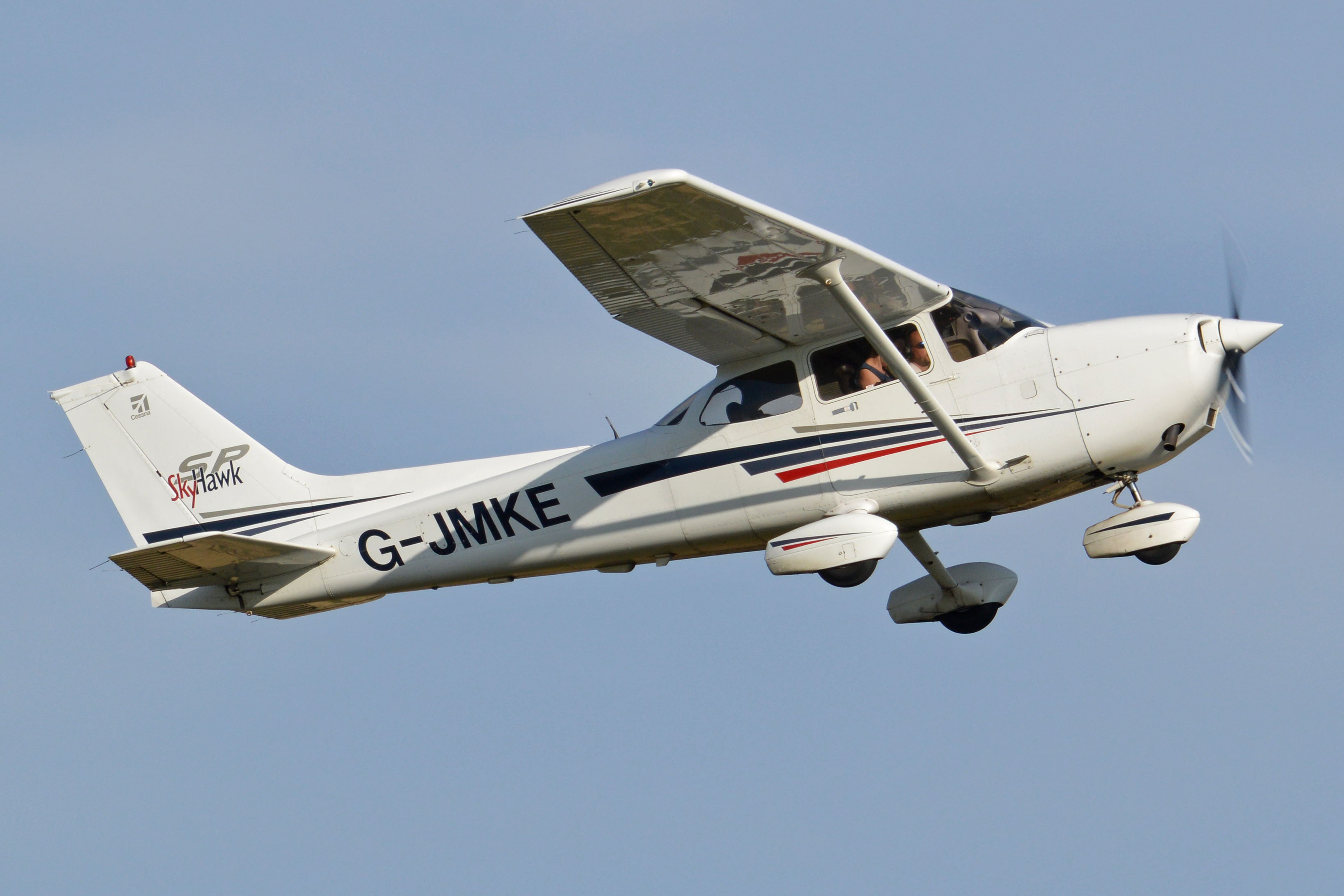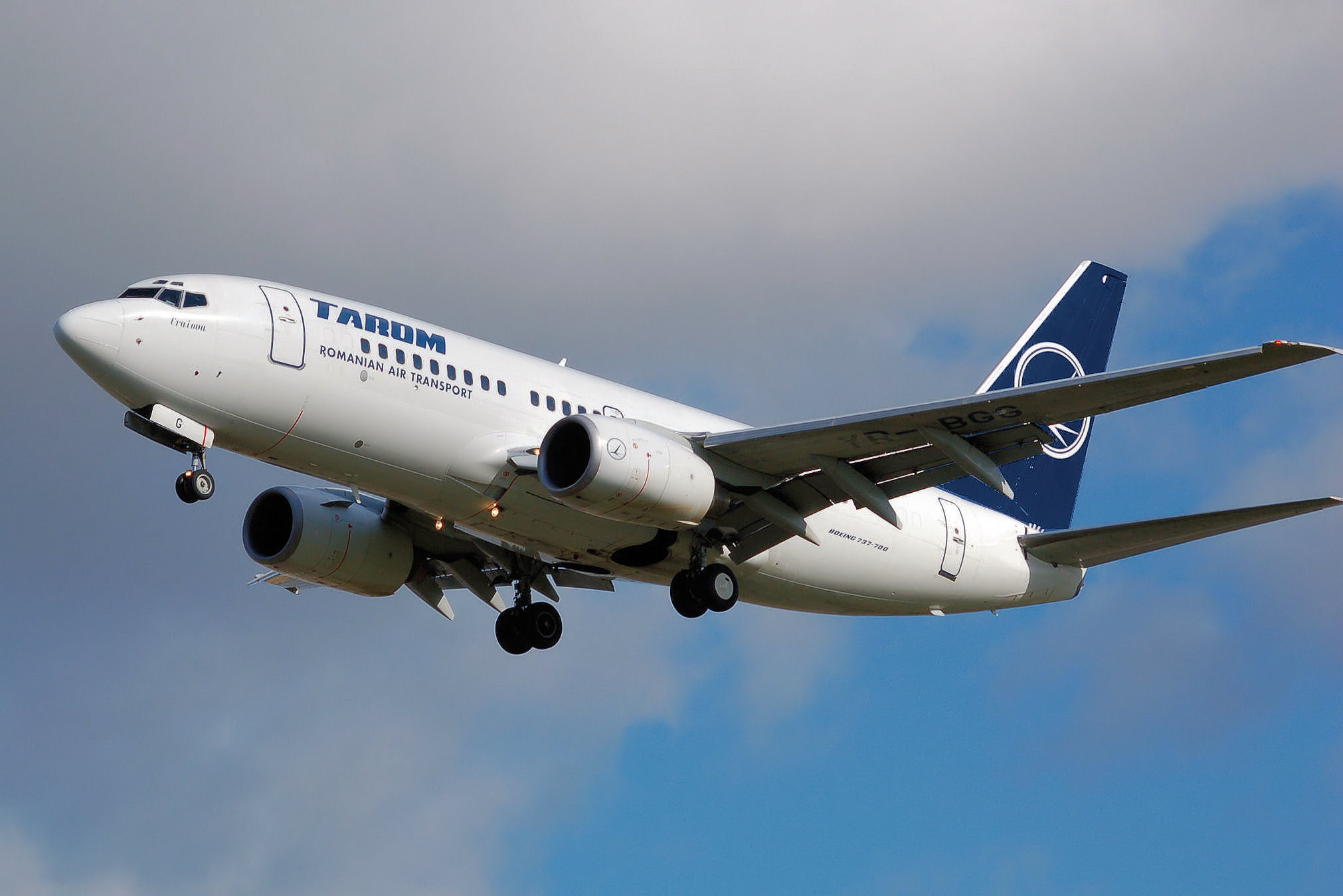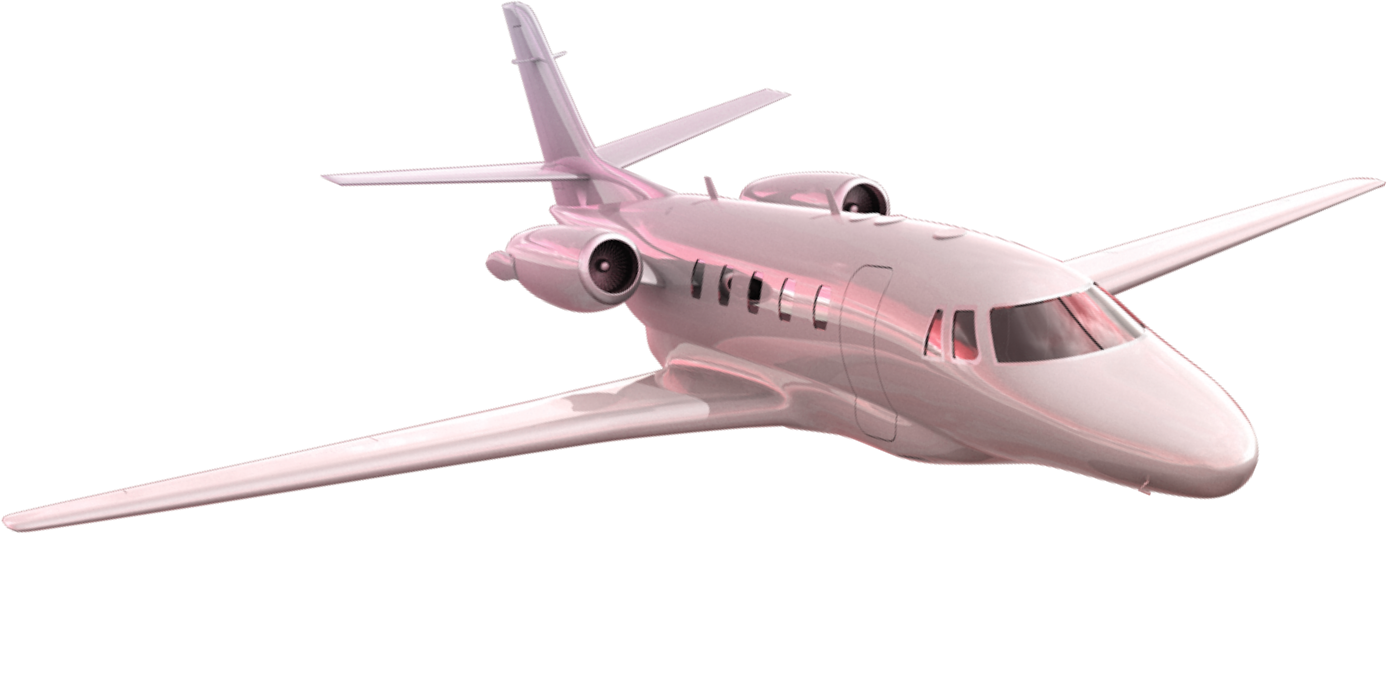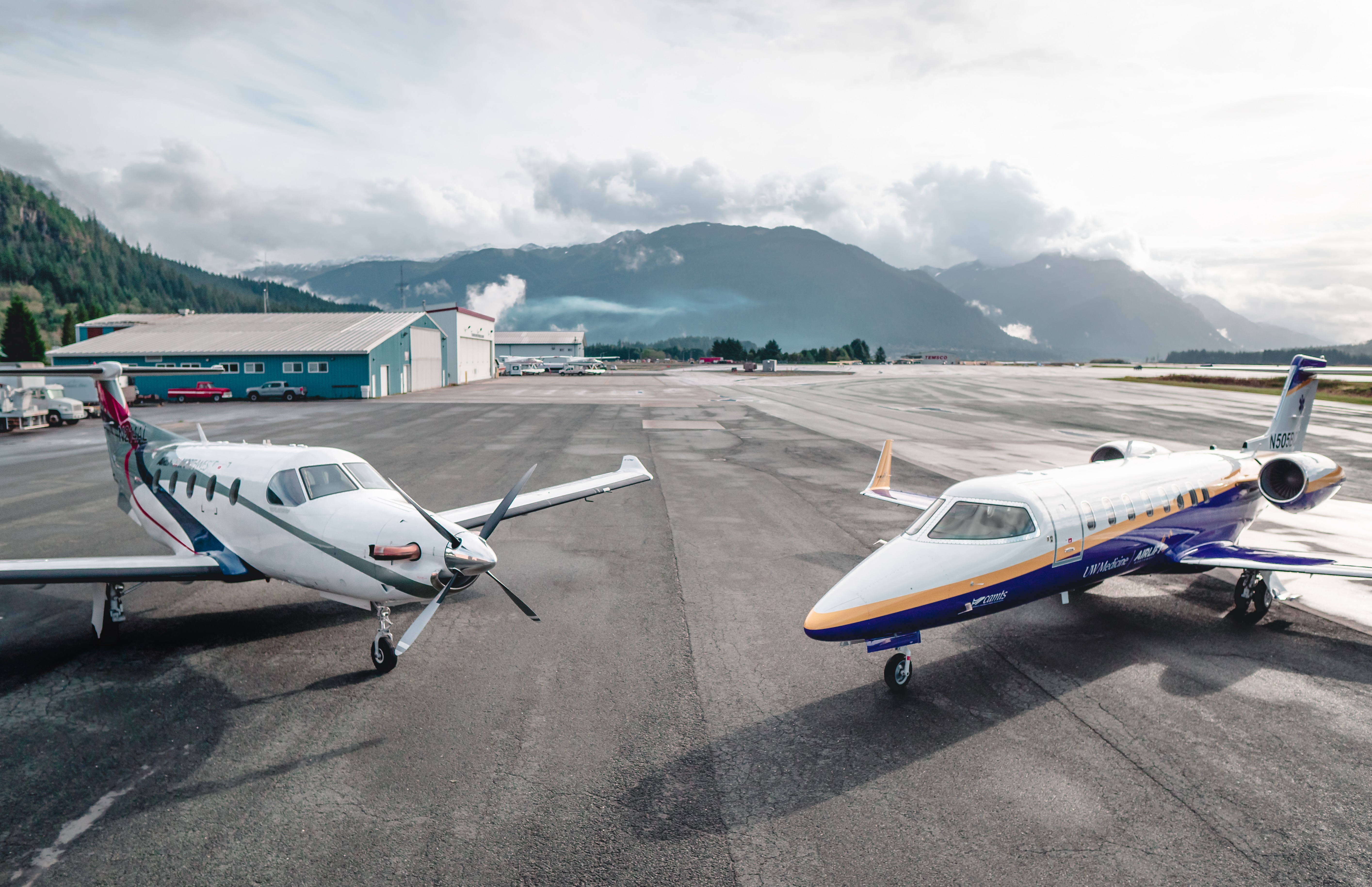Fixed-Wing Aircraft - Rotor and fixed-wing programs are not offered at all flight schools. Many flight schools show essentially fixed-wing and then, at that point, have a couple of additional courses committed to the rotor. This intends that assuming you choose to prepare in the rotor, you'll need to observe a flight program that will offer you however many open doors as it does its fixed-wing understudies.
Lift, drag, and stall are all variously affected by the shape of the wing planform. An elliptical wing like that used on the Supermarine Spitfire fighter of World War II, for example, while ideal aerodynamically in a subsonic aircraft, has a more undesirable stall pattern than a simple rectangular wing.
Fixed-Wing Aircraft

PC-12s are in use around the world with owner-pilots, corporations, charter and fractional companies, air ambulances, special missions, cargo and law enforcement agencies. This extreme diversity gives owners confidence that their investment in a PC-12 NGX is a sound decision.
Differences In Training Techniques
The PC-12 NGX leads all others. Autothrottle, tactile feedback, Electronic Propeller and Engine Control System, plus industry-leading features that enhance safety and situational awareness all work together to help PC-12 NGX operators fly safely and efficiently in the most demanding conditions.
With 330 cubic feet (9.34 cubic meters) of cabin volume, you'll enjoy more space than business jets costing twice as much. New executive seats, more headroom, larger cabin windows and modern BMW Designworks interiors take the PC-12 NGX to an entirely new level of comfort and productivity.
Together with BMW Designworks we are pleased to offer the most comfortable and modern cabin experience ever in the PC-12 NGX. Inspired by the design of the PC-24, the new PC-12 NGX executive seats feature full recline, taller seat backs, and even more seated headroom.
Fine European leather, custom hand-stitching, and a wealth of designs to appeal to a multitude of personalities, your PC-12 NGX is crafted to reflect your unique style. As much as you love flying, we know you also want to stay connected, and the PC-12 NGX can be outfitted with the latest in Wi-Fi, entertainment, and connectivity technologies.
What Is A Rotor-Wing Aircraft?
Sit back and relax, or get to work, confident that you are in the ultimate flying machine. Induced drag is caused by that element of the air deflected downward which is not vertical to the flight path but is tilted slightly rearward from it.

As the angle of attack increases, so does drag; at a critical point, the angle of attack can become so great that the airflow is broken over the upper surface of the wing, and lift is lost while drag increases.
This critical condition is termed the stall. Rotor-wing aircraft generate lift by means of a rotating airfoil. Helicopters and gyroplanes offer examples of rotorcraft, as both generate lift using a rotor. Where helicopters use an engine to drive the primary rotor, an autogyro (also called a gyroplane or gyrocopter) creates lift using relative wind, which drives its rotor, while an engine drives a forward-thrusting propeller.
Hi, I am Muhammad Daim – an automotive lover and researcher. I am a co-founder at AutomotiveGuider.com. I have a Bachelor's Degree in Computer Science but cars and trucks have always been my passion. My goal is to always learn new skills and share my experience with the world.
Fixed-Wing Aircraft
Assuming you're keen on purchasing a plane, it's vital to understand the Difference Between Fixed Wing And Rotary Wing Aircraft. Fixed-wing aircraft work with wings that create lift because of the development of air around them and incorporate planes, seaplanes, lightweight flyers, and a few kinds of helicopters.
Parasitic drag rises as airspeed increases. For most flights it is desirable to have all drag reduced to a minimum, and for this reason considerable attention is given to streamlining the form of the aircraft by eliminating as much drag-inducing structure as possible (e.g., enclosing the cockpit with a canopy,
retracting the landing gear, using flush riveting, and painting and polishing surfaces). Some less obvious elements of drag include the relative disposition and area of fuselage and wing, engine, and empennage surfaces; the intersection of wings and tail surfaces;
the unintentional leakage of air through the structure; the use of excess air for cooling; and the use of individual shapes that cause local airflow separation. Thrust, the forward-acting force, is opposed to drag as lift is opposed to weight.

Rotary-Wing Aircraft
Thrust is obtained by accelerating a mass of ambient air to a velocity greater than the speed of the aircraft; the equal and opposite reaction is for the aircraft to move forward. In reciprocating or turboprop-powered aircraft, thrust derives from the propulsive force caused by the rotation of the propeller, with residual thrust provided by the exhaust.
In a jet engine, thrust derives from the propulsive force of the rotating blades of a turbine compressing air, which is then expanded by the combustion of introduced fuel and exhausted from the engine. In a rocket-powered aircraft, the thrust is derived from the equal and opposite reaction to the burning of the rocket propellant.
In a sailplane, height attained by mechanical, orographic, or thermal techniques is translated into speed by means of gravity. For this reason, a quad-copter is more proficient than an octocopter, and extraordinary long-perseverance quads have an enormous prop measurement.
A solitary rotor takes into consideration extremely long sharp edges, which are more similar to a turning wing than a propeller, giving incredible effectiveness. Assuming you want to drift with a weighty payload, for example, an elevated LIDAR laser scanner or have a combination of drifting with long perseverance or quick forward flight at that point, a single rotor aircraft is your smartest option
What Is An Aircraft?
The PC-12 NGX is virtually unrivaled in terms of special mission capability. It affords operators the ability to cover a whole range of assignments with a single-aircraft type, including surveillance, medical assistance, cargo transport and search and rescue.
In other words: missions which require immediate intervention and total reliability. Maybe it's our Swiss DNA, but we are not wasteful, and neither are our aircraft. The whole concept behind the PC-12 NGX is to travel farther, faster, in more comfort, on less fuel and lower carbon emissions.
Fixed-wing uses a wing like a typical plane to give the lift rather than vertical lift rotors that are the main difference between Fixed Wing And Rotary Wing Aircraft. On account of this, they just need to use energy to push ahead, not hold themselves up in the air, so they are substantially more proficient.

Aircraft can be classified considering a wide assortment of elements; weight, size, shape, model, and so on. The FAA offers class appraisals that permit pilots to fly a specific gathering of aircraft that requires comparable preparation.
Are Fixed-Wing Aircraft Safe?
There are seven classifications of aircraft under the FAA's class evaluations. As far as trouble, single-rotor aircraft lie somewhere close to multi-rotors and fixed-wing aircraft. On one hand, they can drift on the spot, so it is workable to start simple and move gradually up, yet then again, they aren't as steady or excusing in case of an awful landing, and they likewise require a ton of support
and care because of their mechanical intricacy. Fixed-wing aircraft incorporate those that are propeller-driven or fly motor controlled and have wings that do not move. These are more normally used for longer travel distances than rotary-wing aircraft cover since they can go further before waiting to refuel.
Helicopters can land anywhere they can securely fit. Neighborhood and local avionics guidelines can keep a helicopter from landing in a pilot's ideal area, particularly in metropolitan regions. In a crisis, a helicopter may land anywhere to guarantee the well-being of its tenants.
With more than 1,700 PC-12s in the field, and over seven million flight hours behind the ultra-reliable Pratt & Whitney Canada PT6 engine, experience makes a difference. The PC-12 leads the industry in sales and enjoys a safety record on par with twin-engine business jets.
The PC-12 NGX can use runways as short as 2,485 feet (758 meters) at its maximum weight and operate from dirt, gravel, and grass surfaces. The PC-12 NGX can take you places you've never been in a business aircraft.
Fly closer to your ultimate destination and save overall travel time. Understudies will get explicit preparation, considering which aircraft they are instructed to fly. Fixed-wing understudies will have fixed-wing educators and rotor understudies will have rotor teachers and each will fly their particular aircraft.

While many similar standards apply, each kind of preparation will be unique and outfitted towards the particular aircraft. Only the PC-12 NGX offers the advanced avionics of high-end business jets tailored for the single pilot. Featuring an autopilot optimized for stability and smoothness, and SmartView synthetic vision with performance-based head-up display symbology, the PC-12 NGX's Advanced Cockpit Environment (ACE) sets the bar for ultimate control and situational awareness without a steep learning curve.
Safety of flight is the highest priority of Pilatus, and the new PC-12 NGX includes an array of new technologies like tactile feedback in unusual attitudes, an Emergency Descent Mode (EDM), and a Crew Alerting System (CAS) that automatically calls up
the appropriate electronic checklist on the multi-function display. Powerful. Intuitive. Safe. It's what you expect from Pilatus. That isn't true with fixed-wing: whenever you first send off one, you should be sure about your capacities to control it from send-off, through the flight and then, at that point, take it back to a delicate landing.
You don't place it into a drift and think, placing the sticks in the center won't keep it set up: a fixed-wing is continuously pushing ahead and they move a ton faster than a multi-rotor. Notwithstanding pilot test programs, understudies will have ground labs and flight labs.
Ground labs are instructed in a homeroom concentrating on the right systems and laws of the aeronautics world. Flight labs are the point at which the understudies fly in their chosen aircraft and set up as a regular occurrence what they have realized on the ground.
Rotary-wing aircraft are those that are fueled by turning sharp edges, like helicopters. These sorts of air ambulances are normally used during crises when somebody's needs are moved a more limited distance as fast as expected.
Their capacity to land anywhere makes them valuable if it would be difficult for a ground rescue vehicle to arrive at the patient. The primary disadvantage of fixed-wing aircraft is their failure to float in one spot, which prevents them from any broad ethereal photography work.

This additionally makes sending off and landing them much trickier, as relying upon their size you can require a runway or sling launcher to get them very high, and either a runway, parachute, or net to recover them safely again towards the end.
Form follows function. But in the PC-12 NGX, it's a very close second. Each aircraft is individually and exquisitely crafted to not only meet your exacting expectations, but also those of our demanding Swiss heritage. From the very moment you enter the cabin, it's apparent that the PC-12 NGX is truly in a class of its own - even among aircraft priced much higher.
You'll appreciate the Swiss craftsmanship and attention to detail presented in the form of custom hand-sewn leather, exclusive hardwood cabinetry and fine upholstery that abound throughout the aircraft. It even extends into areas deep in the aircraft that only a mechanic might see.
It all matters to us, so go ahead and sweat the details - we do, too. One incredible benefit to fixed-wing air ambulances is that they can fly in harsh weather, for example, mist, that rotary-wing aircraft can't.
This prompts fewer postponements when a patient should be moved, starting with one office then onto the next. The essential components of an airplane are a wing system to sustain it in flight, tail surfaces to stabilize the wings, movable surfaces to control the attitude of the plane in flight, and a power plant to provide the thrust necessary to push the vehicle through the
air. Provision must be made to support the plane when it is at rest on the ground and during takeoff and landing. Most planes feature an enclosed body (fuselage) to house the crew, passengers, and cargo;
the cockpit is the area from which the pilot operates the controls and instruments to fly the plane. Rotary-wing aircraft is characterized by the rotor edges that turn on at least two arms joined to a focal piece of the plane, normally alluded to as the fuselage, which creates lift because of the pivot of the edges or pushes from propellers.
Simply the smallest fixed-wing is reasonable for a hand to send off and 'midsection landing' in an open field. Distinct disadvantages are their greater expense, and it is considerably more challenging to get acquainted with everything with fixed-wing.
airplane, also called airplane or plane, any of a class of fixed-wing aircraft that is heavier than air, propelled by a screw propeller or a high-velocity jet, and supported by the dynamic reaction of the air against its wings.
For an account of the development of the airplane and the advent of civil aviation see history of flight.
army fixed wing aircraft, military fixed wing aircraft, fixed wing plane, fixed wing airplane, air force fixed wing aircraft, fixed wing aircraft wikipedia, marine corps fixed wing aircraft, fixed wing aircraft for sale